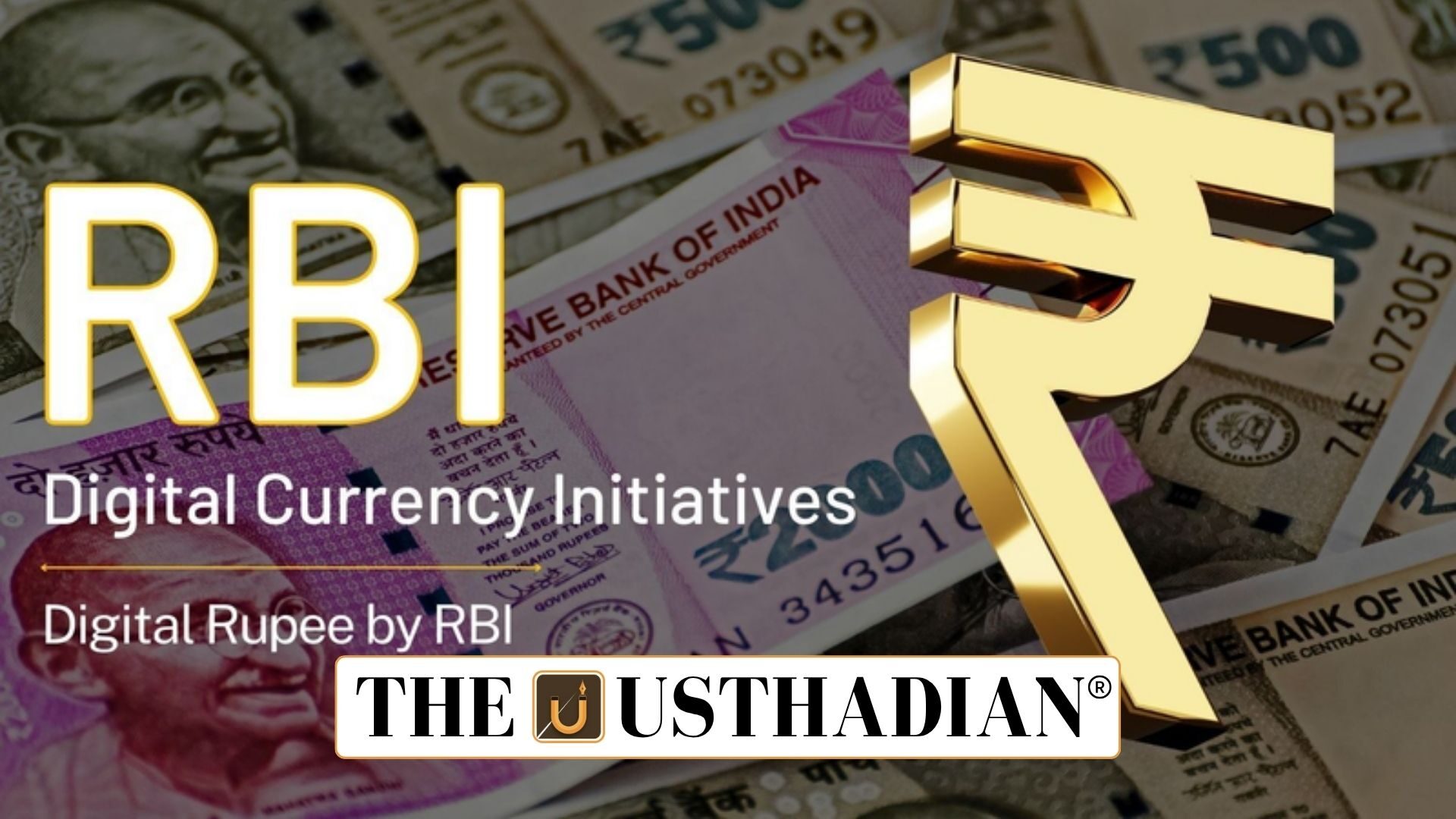RBI’s Global Strategy
RBI Measures to Boost Global Use of Rupee: The Reserve Bank of India (RBI) has announced measures to expand the international use of the Indian Rupee (INR). The aim is to facilitate global trade and investment directly in INR, reducing dependency on foreign currencies. Static GK fact: The RBI was established in 1935 under the Reserve Bank of India Act.
Internationalisation of the rupee allows foreign entities and countries to transact in INR for trade and financial operations. This enhances India’s economic influence and strengthens currency stability.
Loans in Indian Rupees to Neighbouring Countries
Authorised dealer banks in India and their overseas branches are now permitted to lend in INR to residents of Bhutan, Nepal, and Sri Lanka. The move covers both banks and eligible non-residents. This step encourages trade in local currency and simplifies cross-border financing. Static GK Tip: Bhutan’s currency, Ngultrum, is pegged to the Indian Rupee at par.
Transparent Reference Rates
The Financial Benchmarks India Limited (FBIL) will develop transparent reference rates for INR against major global currencies. Currently, the RBI publishes reference rates for the U.S. dollar, euro, Japanese yen, and sterling. These rates provide a benchmark for global transactions and reduce exchange rate risks. Static GK fact: FBIL was established in 2009 to develop financial benchmarks in India.
Expanding Special Rupee Vostro Accounts
Special Rupee Vostro Accounts (SRVAs) are maintained by foreign banks with Indian banks to settle trade transactions directly in INR. Previously, SRVA balances were restricted to investments in central government securities. The new framework allows surplus balances to be invested in corporate bonds and commercial papers, increasing the attractiveness of holding INR abroad.
SRVAs simplify settlement for importers and exporters, reduce currency conversion costs, and strengthen India’s trade footprint in the region. Static GK Tip: Sri Lanka has increasingly used INR for bilateral trade with India under SRVAs.
Implications for Global Trade
These reforms are expected to deepen the INR’s global acceptance, boost India’s financial credibility, and promote regional economic integration. Direct lending in INR and transparent reference rates will help investors manage currency risk more effectively.
By widening SRVA usage and offering loans in INR, India positions itself as a significant player in the South Asian trade ecosystem. This aligns with long-term strategies to internationalise the rupee and enhance financial cooperation with neighbouring nations.
Static Usthadian Current Affairs Table
RBI Measures to Boost Global Use of Rupee:
| Topic | Detail |
| RBI Measure | Promoting internationalisation of Indian Rupee |
| Loans in INR | Available to residents of Bhutan, Nepal, and Sri Lanka |
| Reference Rates | FBIL to develop INR rates against major currencies |
| SRVAs | Can invest in corporate bonds and commercial papers |
| Existing Reference Rates | USD, Euro, Yen, Sterling |
| SRVA Purpose | Facilitate trade settlement directly in INR |
| Strategic Impact | Boosts INR global acceptance and regional trade |
| Establishment of FBIL | 2009 |
| RBI Established | 1935 |
| Static GK Insight | Bhutan’s Ngultrum is pegged 1:1 with INR |








